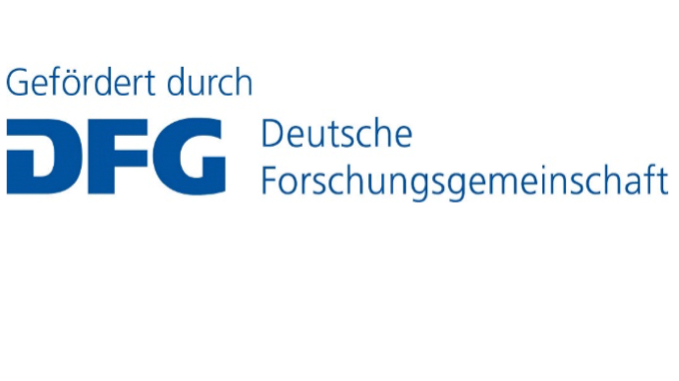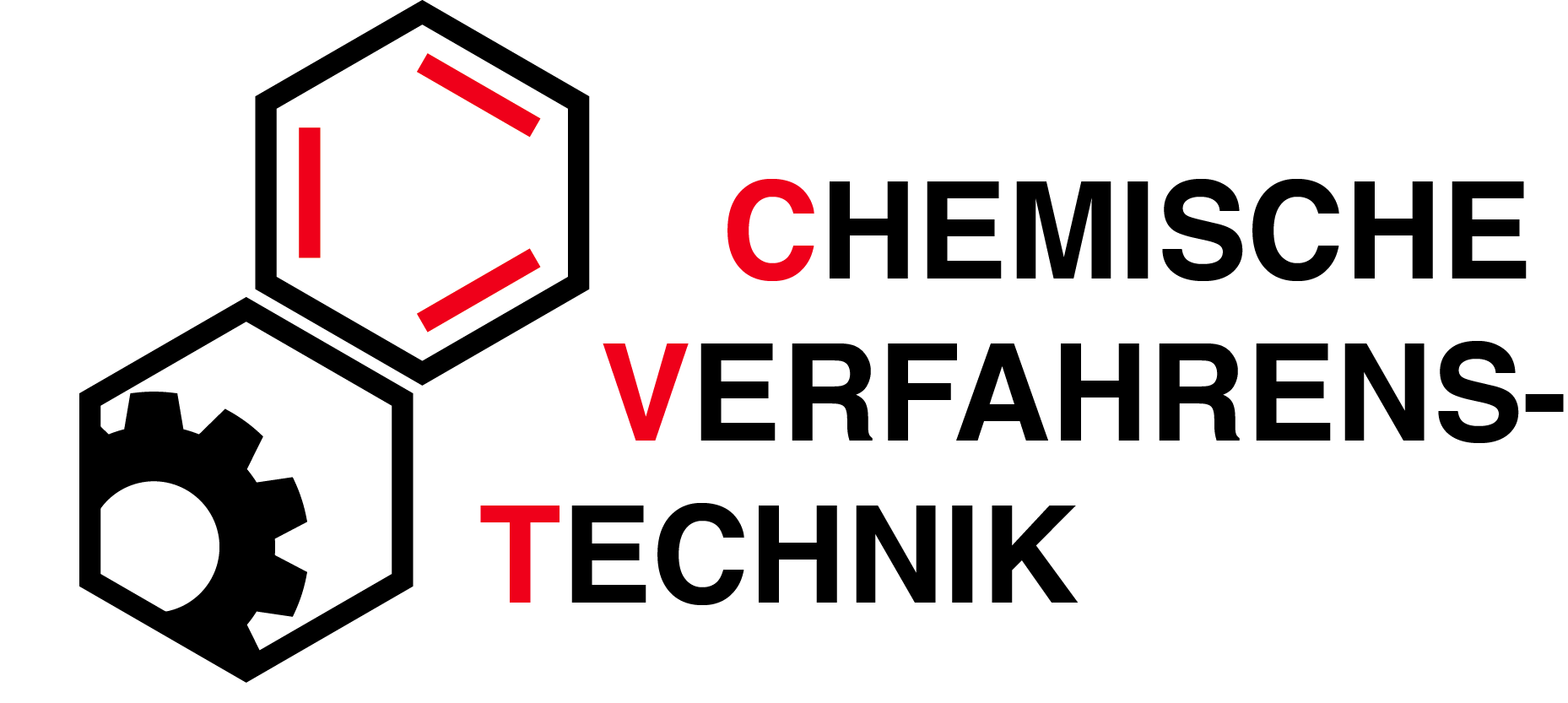To bridge rarefied gas flow phenomena between macro- and microscale – Model development and experimental validation
The knowledge about the precise behaviour of gases is need for many technical applications. But under certain circumstances, the gas cannot be treated as a continuum and a different angle is required.
For rarefied gas flows the continuum theory fails since molecules collide more frequently with the duct walls than with each other. The mass flow rate measured under low pressure or in very small ducts is significantly higher than predicted by the classical Poiseuille equation—an effect traditionally referred to as slip flow. In the past century several approaches were conceived to phenomenologically explain this effect by means of momentum accommodation (boundary conditions for models derived from kinetic theory) which is incomplete since forces imposed on gas molecules by the duct surfaces are neglected. The questions what slip is and how it depends on either the rarefaction or also on the characteristic length scale of confinements remain unanswered. With increasing rarefaction and decreasing characteristic length, gas-wall interactions dominate the flow which, at identical rarefaction, is differently described by different scientific communities: the "Rarefied Gas Community" (vacuum) uses kinetic theory and the "Porous Media Community" (that comprises, e.g., catalysis and membrane research) describes gaseous flows by means of superimposed diffusion mechanism (convection, diffusion). The bridge between different phenomena at macro-scale and at micro/nano-scale is not built up yet. This results in the fact that the reliable prediction of flows over the whole range of gaseous rarefaction and size scales is definitely beyond the current state-of-art. In the proposed work we want to experimentally detect and theoretically describe phenomena that occur under rarefied conditions but in situations, in which both rarefaction variables, the inverse pressure and the inverse characteristic length, are in a moderate range. Gas flow phenomena in this area cannot be described properly by neither of the two approaches mentioned above. The theoretical work includes further development of the preliminary developed surface diffusion model in order to obtain a predictive approach for the whole range of gaseous rarefaction and all size scales when adsorption properties and surface diffusivity are known from, e.g., MD simulations or corresponding experiments. The second pillar of this work is given by the corresponding experimental activities. We want to investigate steel-made macro- and micro-channels, which are geometrically similar to each other and comparisons of dimensionless mass flow rate versus Knudsen number will be carried out for different temperatures and functionalized channel surfaces. As a byproduct, this broad parametric work will produce an unprecedented data base for model validation for future research in the field of rarefied gas dynamics.
Publications from the project
S. Kunze et al. (2022). Scientific Reports 12, 2057. https://doi.org/10.1038/s41598-022-05871-y
B. Besser et al. (2020). ACS Applied Materials & Interfaces. 12(35), 39388–39396. https://doi.org/10.1021/acsami.0c08619
Further reads (not published within the framework of this project)
T. Veltzke and J. Thöming (2012), J Fluid Mech 698, 406–422. https://doi.org/10.1017/jfm.2012.98
T. Veltzke et al. (2012), Phys Fluid 24, 032004. https://doi.org/10.1063/1.4745004
J. Reinhold et al. (2014), Comput Fluids 97, 31–39. https://doi.org/10.1016/j.compfluid.2014.03.024
Thomas' PhD thesis
Contact:
Simon Kunze
Room UFT 2070
Phone 0421- 218 - 63322
skunzeprotect me ?!uni-bremenprotect me ?!.de
Further information
DFG project in cooperation with Christian Day (ITeP, KIT)



